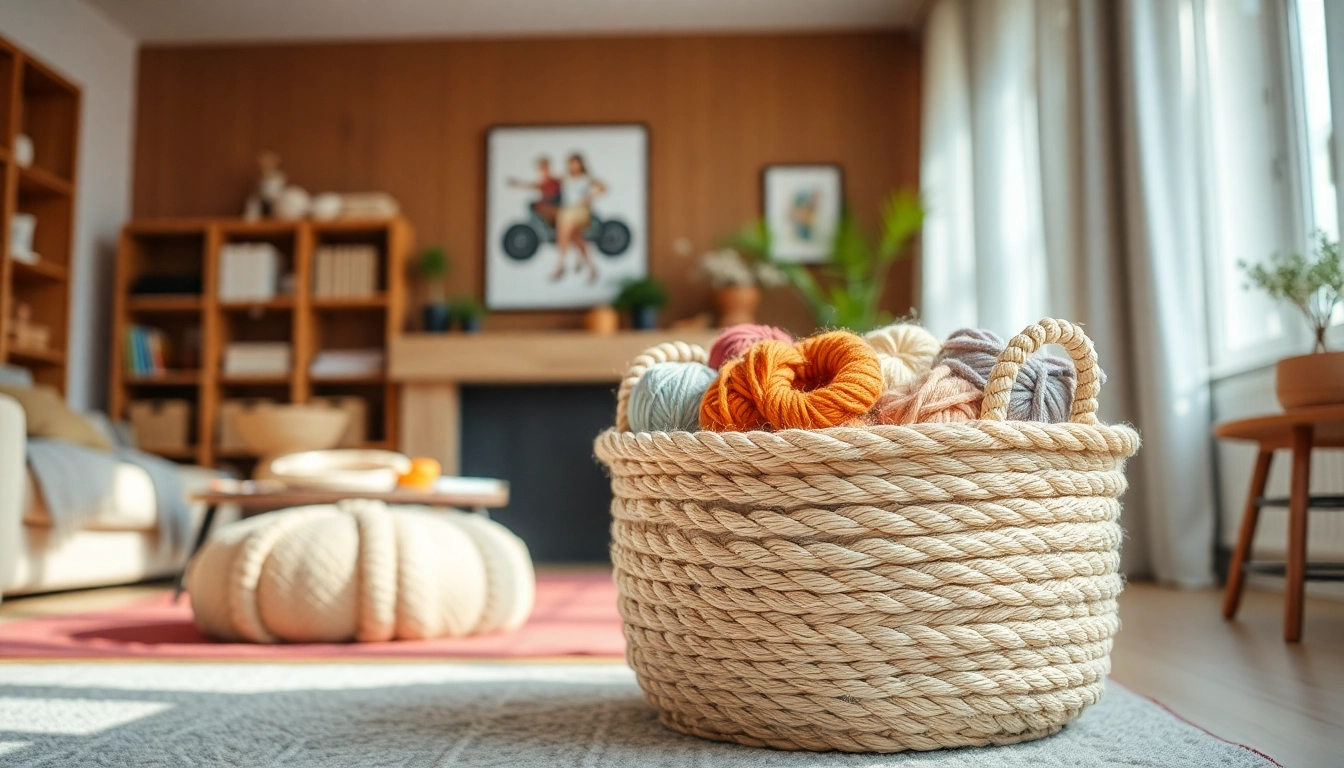Understanding Bass House Presets
What Are Bass House Presets?
Bass house presets are synthesized sound configurations specifically designed for bass house production, a subgenre of house music that combines deep basslines with elements of garage, dubstep, and even pop music. These presets can be found within digital audio workstations (DAWs) and are primarily associated with software synthesizers like Serum. They offer producers a quick and effective way to harness the energy and sound quality needed for high-energy tracks. By using Bass house presets, producers can create complex sounds without needing to start from scratch, ensuring that they can focus more on crafting the perfect track rather than getting bogged down in the minutiae of sound design.
Key Characteristics of Bass House Presets
The key characteristics that define bass house presets revolve around their sonic attributes. First and foremost, they typically feature robust, resonant bass sounds that can drive the rhythmic component of a track. These bass tones are often rich in harmonics, providing a certain fullness that can fill a club space effectively. Alongside this, bass house presets may include high-energy leads, pads, and effects that contribute to the genre’s vibrant atmosphere, ensuring that tracks remain engaging and dynamic.
Frequency range is also critical. Bass house presets should have a solid low-end presence while ensuring that higher frequencies are clear and crisp. This balance allows for the production of powerful drops and energetic builds that many listeners have come to expect from bass house tracks.
The Role of Bass House Presets in Music Production
Bass house presets serve as essential tools in a music producer’s arsenal. They provide quick access to high-quality sounds that can easily blend into various genres. This accessibility makes it easier for both beginner and experienced producers to experiment with different sound combinations.
Moreover, bass house presets enhance the workflow by reducing the time it takes to create engaging sounds from scratch. This efficiency allows producers to shift their focus towards arrangement and mixing, enhancing the overall quality of their output.
Types of Bass House Presets
Common Sound Types in Bass House Presets
Bass house presets can be categorized into several key sound types:
- Wobble Basses: These sounds are characterized by their modulated bass lines that create a rhythmic, rolling effect. They often use LFO modulation to add movement and depth.
- Sub Basses: Deep, fundamental bass frequencies that provide the foundation for bass house tracks, ensuring that the music feels powerful on large sound systems.
- Leads: Bright, punchy synth sounds that often play melodic hooks and complement the basslines.
- Pads: Atmospheric sounds that add texture and depth, helping to create an immersive listening experience.
- FX Sounds: These can include risers, impacts, and other elements that enhance transitions and build excitement within a track.
Comparing Different Bass House Presets
When comparing different bass house presets, various factors come into play. It’s important to consider sound quality, versatility, and how well the presets fit within the context of a track. Some preset packs may focus on creating a specific vibe—like dark, moody basslines—while others might offer a more eclectic selection ranging from experimental to mainstream sounds.
Producers should evaluate presets by testing them in a project to see how they respond to mixing and effects. Listening to how they interact with other sounds in the arrangement will help determine their usability in a given context.
Choosing the Right Bass House Presets for Your Genre
While bass house presets excel in bass house tracks, their versatility means they can also fit well in genres like trap or EDM. When selecting presets for a specific genre, consider the following:
- Instrumentation: Different genres often favor certain instrument types. For instance, smoother pads might be better suited for deep house rather than deeper basses found in bass house.
- Rhythmic Elements: The groove and rhythmic style of the bass presets should align with the typical drum patterns of the genre.
Ultimately, the key is to ensure that the chosen presets resonate with the intended sound of the project, enhancing its cohesive quality.
How to Use Bass House Presets in Your Projects
Integrating Bass House Presets with Your DAW
Integrating bass house presets into your digital audio workstation involves a few straightforward steps:
- Load Your Synth: Open your chosen synth (e.g., Serum) within your DAW and navigate to the preset browser.
- Select a Preset: Browse through the available Bass house presets and select one that fits the musical context.
- Create a MIDI Track: Set up a new MIDI track in your DAW and route it to the synthesizer containing your chosen preset. This allows for direct control and playability.
- Record and Edit: Live loop, play, and program MIDI notes based on the track’s structure, allowing for real-time creativity.
Layering Techniques with Bass House Presets
Layering is a common technique in music production that enhances the depth and complexity of sounds. To layer bass house presets effectively, follow these guidelines:
- Choose Compatible Sounds: Ensure the layered presets complement each other in frequency range and timbre. Combining sounds that occupy different spectral spaces can create a fuller mix.
- Adjust Volumes: Balance the levels of each layer. While one sound may dominate, creating a hierarchy helps maintain clarity.
- Utilize Effects: Use effects like reverb and compression to glue the layers together, ensuring they work as a cohesive unit.
Experimenting with different layering combinations leads to unique sounds that can set your tracks apart.
Enhancing Bass House Presets with Effects
Effects play a vital role in enhancing bass house presets, allowing you to modify and shape the sound to fit your creative vision. Here are some commonly used effects:
- EQ: Equalization helps remove unwanted frequencies, making room for the bass and kick drum to shine, while emphasizing the desired tones in a preset.
- Distortion: Adding distortion can enhance the growl and punchiness of bass sounds, making them more aggressive and impactful.
- Compression: This helps control the dynamic range of the sound, ensuring that it fits seamlessly into the mix.
- Reverb: A touch of reverb can help create space, establishing an atmospheric quality that adds depth to the sound.
Creating Custom Bass House Presets
Basic Sound Design Principles
To create custom bass house presets, understanding fundamental sound design principles is crucial. Consider these essential aspects:
- Oscillator Waveforms: Experiment with various waveforms such as saw, square, and sine to create contrasting textures. Each waveform yields a unique tonal quality.
- Filter Types: Applying different filter types—low-pass, high-pass, and band-pass—can help shape the character of the sound. Adjust the cutoff frequency to find the sweet spot.
- Modulation: Leveraging LFOs (Low-Frequency Oscillators) and envelopes allows for dynamic sound shaping, creating movement and interest within your preset.
Experimenting with Oscillators and Filters
Experimentation is key to sound design. Try stacking multiple oscillators detuned from one another to create a fuller sound. Utilizing unison can add richness and depth. Additionally, manipulating filter resonance can create unique characteristics, effectively modifying the bass response. This allows you to craft signatures sounds that define your musical style.
Saving Your Own Bass House Presets
Once you have created a custom bass house preset you’re satisfied with, saving it for future use is crucial. Most software synthesizers, including Serum, allow you to save custom presets easily. Be sure to categorize them effectively so they are accessible for later projects. Consider naming conventions that describe the sound character or intended use, making it easier to retrieve them when you need specific tones quickly.
Practical Tips for Using Bass House Presets
Common Mistakes to Avoid with Bass House Presets
While utilizing bass house presets can simplify the production process, certain mistakes may arise:
- Overusing Presets: Relying too heavily on presets without modification can lead to a lack of originality. Always customize and tweak presets to suit your unique sound.
- Ignoring the Mix: Making sure each element has its space in the mix is vital. Ensure that bass presets do not clash with the kick drum or other key sounds in your arrangement.
- Inconsistent Sound Quality: Always test your presets in different contexts. A sound that works well in one project might not necessarily fit well in another.
Resources for Expanding Your Bass House Presets Collection
To enhance your library of bass house presets, consider accessing online repositories, forums, and sample packs designed specifically for EDM producers. They often offer free and premium options suitable for different budgets and needs.
Engaging with communities of music producers through forums or social media can also provide insights into new sound libraries and upcoming sound designers who may be sharing unique samples.
Showcasing Your Work Using Bass House Presets
Once you have created tracks utilizing bass house presets, showcasing your work is essential for gaining recognition. Use platforms like SoundCloud, Bandcamp, and YouTube to share your compositions. Engaging with listeners and receiving feedback can lead to continuous improvement and potentially open doors within the music industry.
Networking with other producers and artists can also lead to collaborative opportunities, ensuring your work reaches a larger audience and further establishing your presence in the scene.




